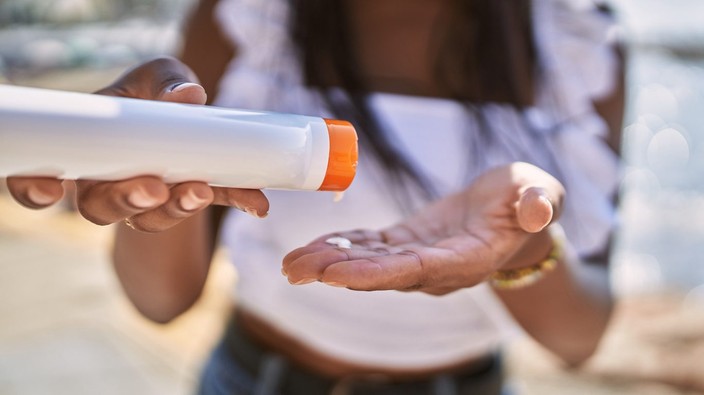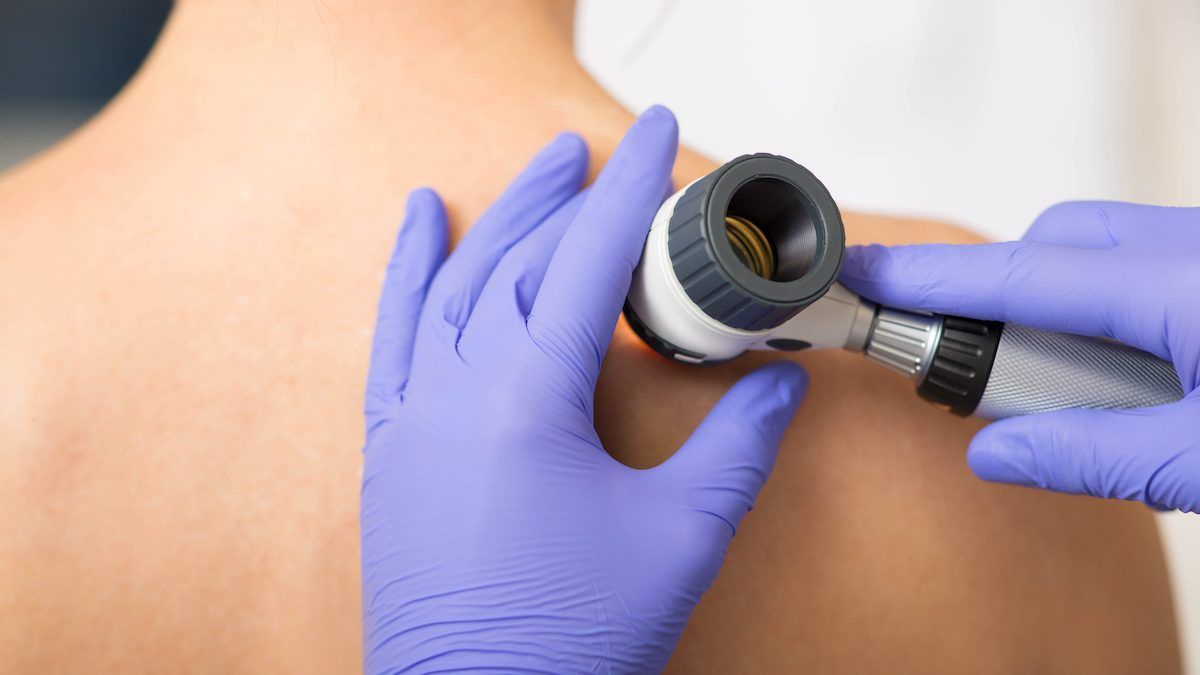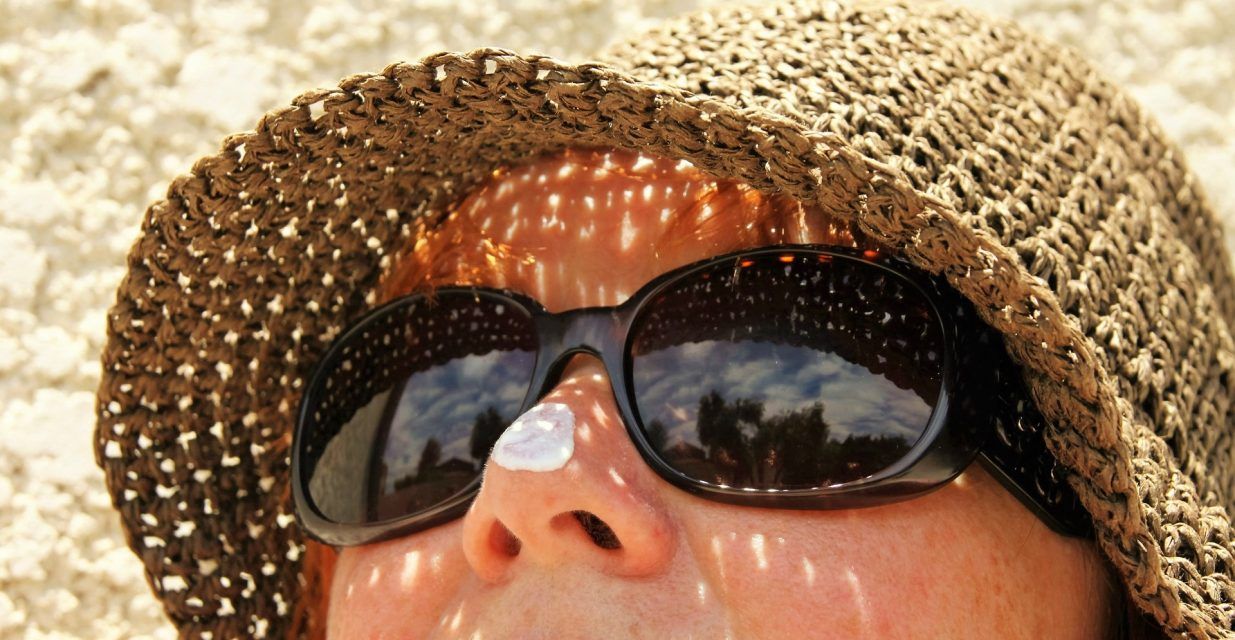chemical sunscreens, on the other hand, use a combination of chemicals that absorb the sun’s radiation to protect the skin without that physical barrier. they don’t leave white residue on the face, however, they do contain oxybenzone and another chemical called octinoxate that some object to.
chemicals aren’t always bad
chemicals in skin care products is a complicated topic. while there’s a misconception that “clean,” “natural” and “chemical-free” products are superior, chemicals aren’t — by default — bad. in fact, sometimes they serve an important purpose.
preservatives, for example, are crucial in sunscreen and in other skin care creams and serums to prevent contamination by germs, such as the bacteria that can pass from our hands to the product when we touch it.
and when it comes to “clean beauty,” the term isn’t regulated, so claims from skincare brands that their
products are “clean” mean nothing specific. any company can market a product as “clean,” sowing fear in a consumer’s mind about other, presumably “dirty” products, and how dangerous they may be.
“the marketing of clean beauty products is misleading, as virtually all have some chemical additives for stability and preservation,” peters says. “there is no regulation on what clean beauty means, but both cosmetic and natural products are regulated by health canada to ensure they are safe.”
 7 minute read
7 minute read


















